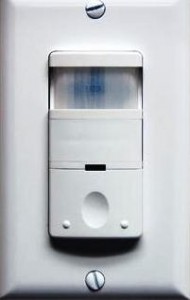 Controls are an essential part of every lighting system. They can be categorized in various ways – dimming or switching, manual or automatic, occupancy or daylight harvesting. But all are designed to save as much energy as possible while still providing appropriate light levels.
Controls are an essential part of every lighting system. They can be categorized in various ways – dimming or switching, manual or automatic, occupancy or daylight harvesting. But all are designed to save as much energy as possible while still providing appropriate light levels.
ON-AND-OFF, OR A LITTLE OF BOTH
- Switching systems are used to turn lighting on and off by connecting or removing lighting sources from the power supply. This type of system is simple, cost-effective, and useful in areas where an abrupt change in light levels will not be frequent or noticeable to occupants.
- Dimming systems adjust light output and power input over a specified range. One useful application of dimming systems is in stairwells and corridors that are required to be lit at all times in case of emergency. Some dimming systems can save over 80% of lighting energy usage while still meeting building codes.
- With bi-level or “step-switching” systems, multiple lamps in a single light fixture can be switched on and off independent of each other. This allows for typically one or two steps between full and zero output.
WHAT MOVES THE MOTION DETECTOR?
- Occupancy sensors turn lights on automatically when they detect motion, and then turn them off automatically soon after the area is vacated.
- Vacancy sensors require occupants to manually turn on the lights, but the sensors then turn the lights off automatically when the area is vacated.
- Some occupancy sensors are designed to respond to infrared light radiating from any “heat-emitting” source (such as a person) in their line of sight.
- Other types produce low intensity, inaudible sound and detect changes in sound waves caused by motion. Because they are not line-of-sight dependant, these “ultrasound” sensors are useful in enclosed hallways and bathrooms with stalls.
LET THERE BE (DAY)LIGHT
Daylighting control systems dim or shut off lights when there is a sufficient amount of ambient light available. These systems work well in corridors and open cubicles near windows, particularly those with task lighting.
STICKING TO A SCHEDULE
Time scheduling involves automatically switching the lights on and off at fixed hours of the day. This can be done with a simple time clock or with computer controls, and works well in large open office areas. These systems often include overrides that allow occupants to turn on the lights after hours.
Determining the energy savings potential of any of these strategies depends on a building’s space and lighting characteristics. But properly installed and adjusted, most control systems reliably save a substantial amount of energy.
